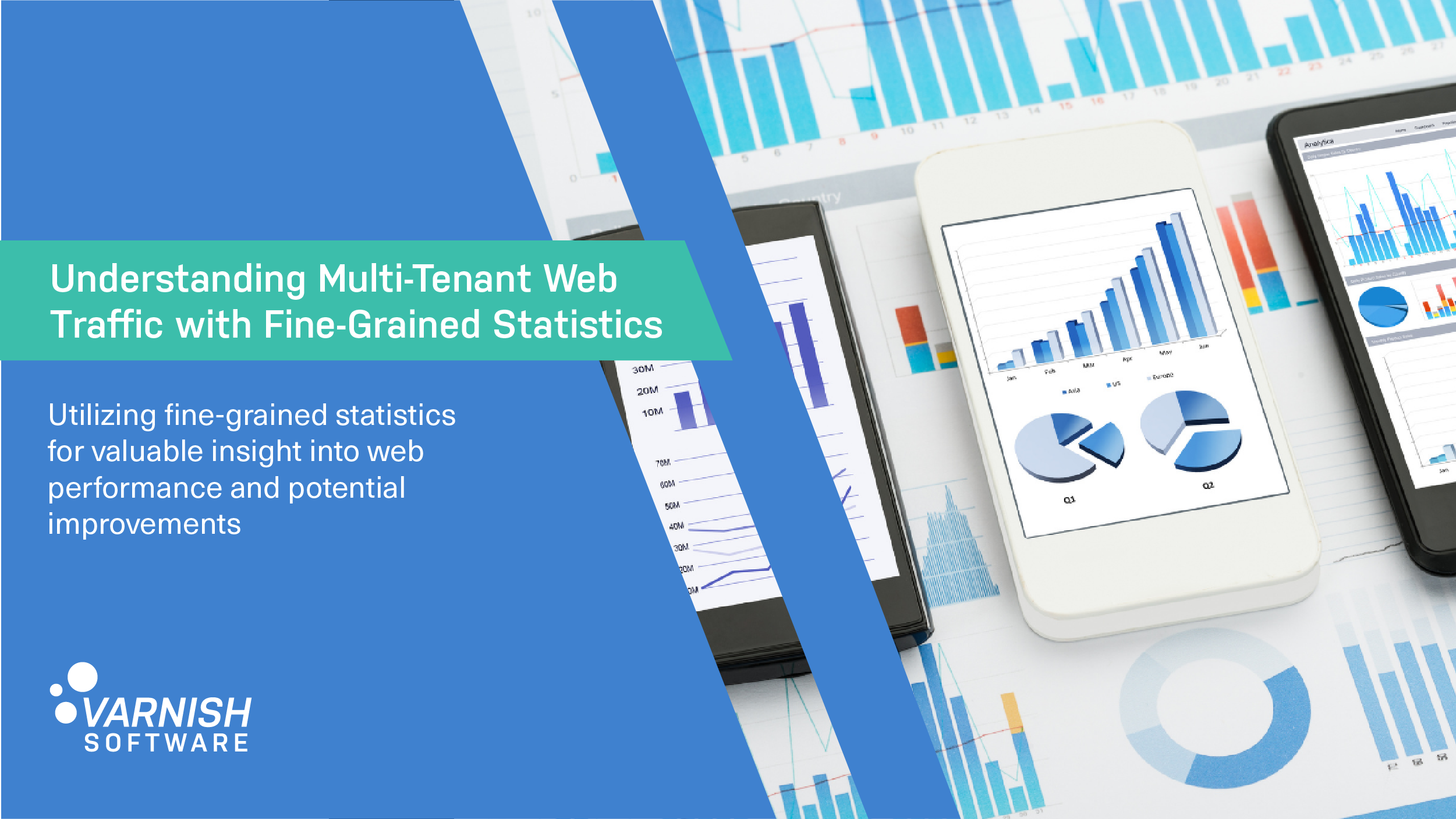Follow The Rabbit
VMOD tutorial
Latest Articles
- Ian Vaughan
- August 19, 2021
It’s not unusual for companies to want to understand their web traffic in greater depth. Being able to collect...
VMODs
VMOD
creating a VMOD
how to create your own VMOD
Varnish Configuration Language
VMOD tutorial
VMOD-str
- Guillaume Quintard
- January 17, 2017
If I were to ask you what is so great about Varnish, you'd probably answer: "the VCL, duh!". And you would be right,...
SUBSCRIBE TO OUR BLOG
SEARCH OUR BLOG
Explore articles from Varnish experts on web performance, advanced caching techniques, CDN optimization and more, plus all the latest tips and insights for enhancing your content delivery operations.
/VS-logo-2020-197x60.png?width=136&height=60&name=VS-logo-2020-197x60.png)

